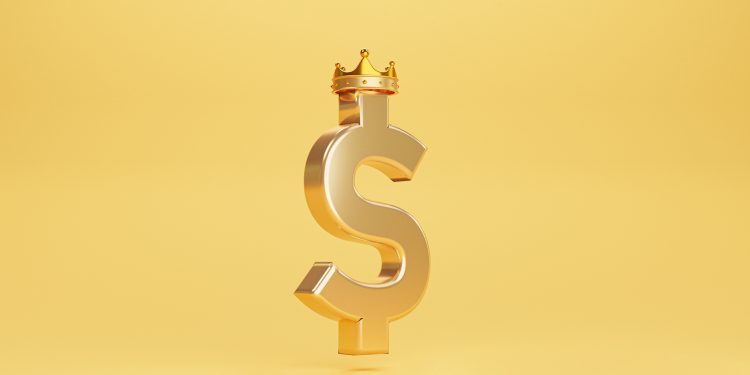In 1994, The Wu-Tang Clan had the whole world singing, “cash rules everything around me, CREAM, get that money dolla dolla bills y’all,” but almost 25 years later, cash is borderline irrelevant, and the cashless society of the future is here. What now? Great question.
The short answer is: to embrace and even harness change or get left behind. It’s easy to see that e-commerce and BNPL (Buy Now, Pay Later) are exploding, and technologies such as mobile wallets and virtual credit cards are no longer an alternative option. But there is a longer, more nuanced answer that bears exploring.
If every growing company had a “dolla dolla bill” for every time they heard “if you’re not evolving, you’re dying,” they wouldn’t need a credit card. But they don’t, so they do. In a world of digital and mobile payments, and with apps replacing dirty old coins and banknotes, the humble credit card remains an incredibly useful tool. It’s not just the age-old concept of buying something now and paying for it later, it’s a potential tool for managing strategic spend.
Credit cards have moved with the times, and over the next few years, we will see this evolution pick up pace – not just in the consumer cards we carry, but in B2B transactions as well. The days of paper processing and physical cards may already be in their twilight, but to understand where the industry is going, it’s important to briefly revisit the past. Is cashless possible?
A brief history of credit cards
In 1958, Bank of America issued the first credit card, and American Express issued a charge card. In 1969, American Airlines became the first private company to utilize the magnetic strip that had been previously invented by the CIA. Until the early 2000s, not a lot had changed in terms of credit card technology, but with smartphones, a pandemic, and the ever-increasing vulnerabilities of a digital world, credit card technology has had to evolve faster than other, less vulnerable industries, as we move towards a cashless world..
EMV chips, contactless cards, and pins weren’t enough to make consumers feel secure, so entered the likes of Google Pay, Apple Wallet, Android Pay, and a host of other personal finance tech solutions that were aimed at increasing ease and security. But what about B2B payments? There is an argument to be made that B2B payments arguably needed innovation much more than the personal finance space, but until recently, the industry lagged behind.
It is estimated that in the US alone, there is $25 trillion (no, that’s not a misprint) in annual B2B payments. If this number is correct, the costs associated with processing that many checks and corresponding invoices exceed $100 billion. These estimates are based on payments and what is available today, but at the pace that this industry is evolving, it is fair to assume there’s even more out there.
There is also an opportunity cost to consider: embracing and adopting change early will pay dividends to those who start the journey now, while those who wait take on the burden of time-consuming, manual, and unnecessary processing work—not to mention the risks associated with physical cards that can be lost, stolen or cloned. That’s why the next iteration of B2B credit cards won’t be something you put (or forget to put!) in your wallet; they will be virtual, as we go cashless.
The benefits of using virtual cards
Virtual cards sound complex, but in reality, they are quite simple, and they come with a whole host of advantages:
- Simplicity: Virtual cards aren’t 3-dimensional chess. You don’t need a computer science degree or a login to the Metaverse to use one. A virtual card is simply a unique credit card number that enables employees to buy stuff online or over the phone. But you’re doing that already, so what is different about using a virtual card, and going cashless?
- Security & control: The difference is a profound one in the way businesses control their spending and safeguard business continuity. Virtual cards are secure by design because they are encrypted and impossible to lose or mislay. Gone are the days of replacing lost cards and the slings and arrows of dealing with individual merchants—you can just cancel them at the click of a button. Also gone is rogue spending and expense reports. Virtual cards give you complete control over your employees’ spending since you can set permissions so they can only be used for pre-approved budgets or with certain merchants.
- Reduced stress: Virtual cards eliminate fraud purgatory, paperwork, and permissions that give cost procurement and accounting teams so much work and anxiety—and you no longer need an Excel ninja to reconcile your books for you!
- Environmental impact: Plastic is the worst! It is virtually unavoidable and is laced with toxic chemicals that leach into liquids and foods. Once it is made, it’s here forever, only breaking down to smaller and smaller bits of plastic over time.
As you can see from all these benefits, the real question we should all be asking ourselves about virtual cards isn’t “why?” but “when?” Why wouldn’t your organization demand enhanced business continuity, less tedious work, more money on the balance sheet, and a strong hedge against the future?











